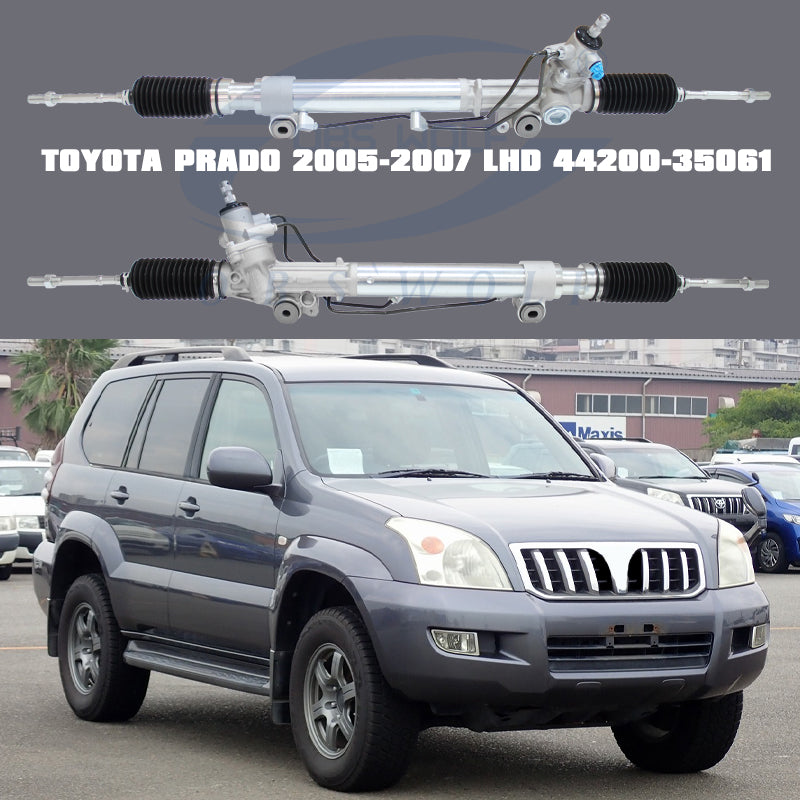
There’s nothing quite like the fresh, clean air after a rainstorm. But while you're enjoying that crisp atmosphere, your car's undercarriage is dealing with the aftermath: puddles, splashes, and a whole lot of moisture. One component that's particularly vulnerable in these conditions is the steering rack. Keeping it dry and protected isn't about complex mechanics; it's about simple, consistent habits. Here’s what you should keep in mind.
1. The Post-Drive Breather
After driving through wet conditions, try to find a safe, flat, and dry place to park your car. The key here is to let the undercarriage breathe. A well-ventilated space allows residual heat from the engine and exhaust system to help evaporate any water that has splashed onto the steering rack and its protective boots. Avoid immediately parking in a sealed, humid garage, as this traps moisture and promotes condensation.
2. A Gentle Pre-Drive Check
Before you start your next journey, take a moment for a quick visual inspection. It’s not about getting underneath the car. Simply turn the steering wheel from lock to lock while the car is stationary. Listen for any unusual sounds, like squelching or a new stiffness. This can be an early indicator that moisture has found its way where it shouldn't be.
3. The Boots Are Your First Line of Defense
The rubber boots on either end of the steering rack are crucial. They seal the internal components from the outside world. After a rainy season or a drive through deep puddles, take a quick glance at these boots. Look for any obvious cracks, tears, or loose clamps. A damaged boot is an open invitation for water, road salt, and grit to enter, which can quickly lead to internal corrosion and wear.
4. Keep It Moving
Regular use is surprisingly good for your car's components. When a car sits for long periods, especially after being exposed to moisture, condensation can settle and corrosion can begin. Frequent driving generates heat and keeps the lubricated internal parts of the steering system moving, which naturally helps to dispel moisture and prevent seizing.
5. A Simple Under-carriage Rinse
If you’ve driven through heavily salted roads or muddy, gritty puddles after the rain, a gentle rinse of the undercarriage can be very beneficial. Use a low-pressure stream of water to wash away corrosive elements and debris that may be clinging to the steering rack and surrounding areas. The goal is to remove contaminants, not to force water into seals, so high-pressure washers should be avoided near these components.
Conclusion
Protecting your steering rack from moisture is less about a major overhaul and more about mindful maintenance. By incorporating these simple, non-invasive habits, you can significantly extend the life and ensure the smooth, responsive performance of one of your vehicle's most critical safety systems. A little care after the rain goes a long way.
